Christopher Luc, a Software Engineer at WhatsApp, collected 750,000 points and miles worth $11,000 by using credit cards in five years. He wrote the following step-by-step guide, hopes others can learn from his success.
This is a guide on how to credit card churn effectively while minimizing the disruption to your personal life and finances. This guide is geared toward those who are familiar with how credit cards and credit card rewards work.
I’ll start by describing my experience and the exact credit cards I’ve used. Next, I’ll talk about when and why you should credit card churn. Then, I’ll discuss strategies on how to research and plan for selecting credit cards. After that, I’ll show you the best ways to accumulate points and redeem rewards. Finally, I’ll briefly share how I think COVID-19 will change the future of credit card churning.
What is Credit Card Churning?
Credit card churning is a simple process. People will find certain credit cards where they’re interested in only the bonuses. Once they receive the card, they spend as much as needed to get the specific reward, then either cancel the card or stop using it. Sometimes, people can cancel the card before the company can even charge the annual fee. Because of this, some credit cards companies view this as playing the system, and will take procedures to prevent credit card churning.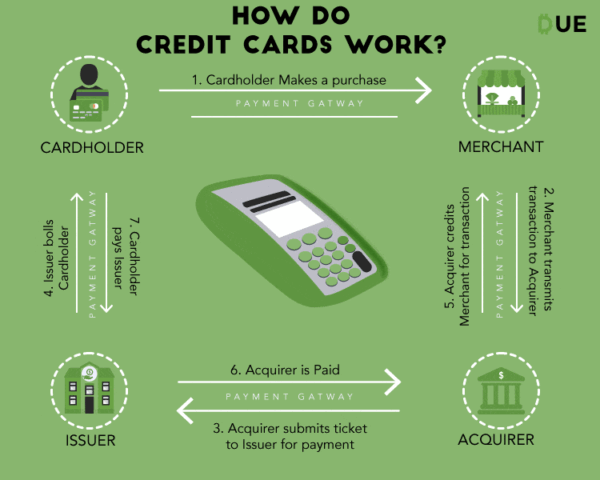
My Credit Card Churning History
After five years and 13 credit cards, I’ve accumulated roughly 750,000 points and miles worth around $11,000 in flights, cash back, and other rewards (excluding benefits). I’ve spent roughly $100,000 on these credit cards.When taking into account the amount I spent on friends and work, I likely spent only $50,000 of my own money. That means I achieved a 22 percent return in rewards relative to my personal spending. Within the past year, my credit score has stabilized between 740 and 760.
I got my first U.S. credit card in 2015 and I didn’t start credit card churning until 2018. Here are the credit cards I’ve used over the past seven years:
- Bank of America Cash Rewards (January 2015–present): Redeemed $320 in cash back after spending $17,300 (1.8 percent return).
- Chase Sapphire Preferred (01/2017–01/2018): Redeemed $800 in flights after spending $8,400 (9.5 percent return).
- Amazon Rewards (01/2017–present): Redeemed $370 in cash back after spending $23,600 (1.6 percent return).
- Chase Freedom Unlimited (01/2018–present): Redeemed $80 in cash back after spending $3,100 (2.6 percent return).
- Capital One Savor (09/2018–05/2019): Redeemed $580 in cash back after spending $3,000 (19 percent return)
- Barclays Uber Visa (10/2018–present): Redeemed $410 in cash back after spending $7,800 (5.3 percent return)
- Barclays AAdvantage Aviator Red (10/2018–05/2019): Redeemed $1,200 in flights after spending $100 (1200 percent return).
- Barclays Arrival Plus (01/2019–05/2019): Redeemed $840 in cash back after spending $5,000 (17 percent return).
- Capital One Venture (04/2019–04/2020): Redeemed $580 in flights after spending $3,800 (15 percent return).
- Citi Premier (04/2019–04/2020): Redeemed $720 in flights after spending $5,600 (13 percent return).
- Bank of America Travel Card (08/2019–04/2020): Redeemed $270 in flights after spending $1,000 (27 percent return).
- Amex Platinum (09/2019–present) and Amex Gold (10/2019–present): Redeemed $4,600 in flights and rewards after spending $21,400 (21 percent return).
- Citi AAdvantage (04/2020–present): I estimate I’ll redeem $900 in flights after spending $2,500 (36 percent return).
- Some other cards I’m eyeing next: Bank of America Travel Premium, Delta SkyMiles Platinum, Amex Green, and the Chase Sapphire Reserve.
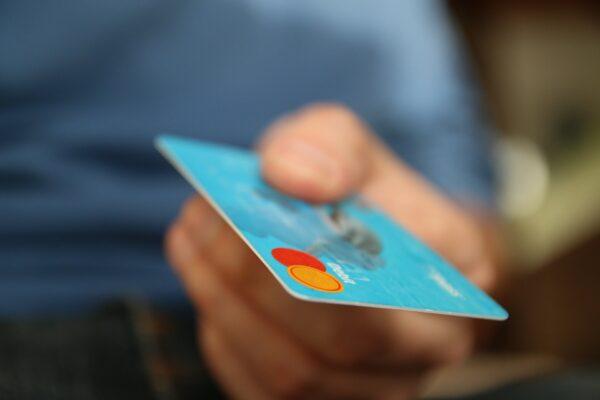
Why you should Credit Card Churn
The benefits and rewards are more lucrative than you think. A single credit card typically provides hundreds of dollars in rewards, maybe even thousands. For example, after spending $5,000 on the Amex Platinum, you may be rewarded with a 60,000 point bonus, which is equivalent to $600 in flights. The benefits can also save you a lot of money, like no foreign exchange fees and complimentary checked bags.The rewards and benefits may vary wildly depending on the credit card; some cards can even have 10+ benefits. Credit card companies may also offer serendipitous, temporary benefits. For example, the Amex Platinum offered $20 in monthly credits toward streaming services for most of 2020.
You’re leaving money on the table by not capitalizing on credit cards and their rewards. If you’re spending money, it’s better to use a credit card because at least you’ll be earning points, which you can redeem for rewards. Even using a simple cash back credit card is better than cash or debit, which don’t give you any points or rewards.
If you’re not paying interest or fees on your credit card, you’re essentially gaining rewards for free.
If you travel — even just a bit — there are many cards that have excellent benefits and rewards for travelers. You can gain additional points on many travel-related purchases. The rewards are also more travel centric, like statement credits toward travel, buying flights directly with points, or transferring points to airlines to redeem flights. They usually come with strong travel benefits, like free travel insurance and complimentary lounge access.
Once you build the habits and churn your first credit card, credit card churning becomes second nature. I put in around one hour per week on average to: research, manage, and redeem rewards. If you want to do the bare minimum, you’ll do fine spending just one hour per month.
When to start Credit Card Churning
First of all, you should be comfortable with your personal finances and financial situation. It is important to understand your expenses and keep track of them.Having a comfortable and consistent amount of income and expenses will help you hit the minimum spending requirements, which usually entails a large bonus in the form of points. If you occasionally make expensive purchases, like buying flights or furniture, this will allow you to spend more money and hit the minimum spending requirements sooner. You can also use your points to pay for these expensive purchases.
Your credit score should be above 700 — ideally in the mid-700s. A higher credit score will give you a greater chance in acquiring the higher tier credit cards, like the Amex Platinum and the Chase Sapphire Reserve.
In the short term, you’ll likely see a dip in your credit score because credit card churning will reduce the age of your accounts and increase your number of hard inquiries. In the long term, credit card churning can help improve your credit score, by lowering your credit utilization and increasing your credit history.
If you’re not taking out a mortgage, auto loan, or any other credit score dependent loan, it’s okay to have your credit score dip temporarily. I started credit card churning three years after I opened my first credit card. Since then, my credit score has risen and stabilized between 740 and 760. You can do a few things to increase your credit score, like maintaining a lower credit utilization, waiting a few months to increase your credit history, or opening different types of credit accounts, like a mortgage.
I believe credit card churning is more effective when you have certain personality traits and free time. Being organized will help you manage and keep track of your points and rewards. It’s useful to be critical of promotions because credit cards often try to tempt you to spend more money.
Having a long-term focused mindset is helpful, because it may be a few months from when you get a credit card to when you actually redeem the rewards. Finding a good credit card requires you to do research and reflect on what you want in life, because different credit cards cater to different lifestyles.
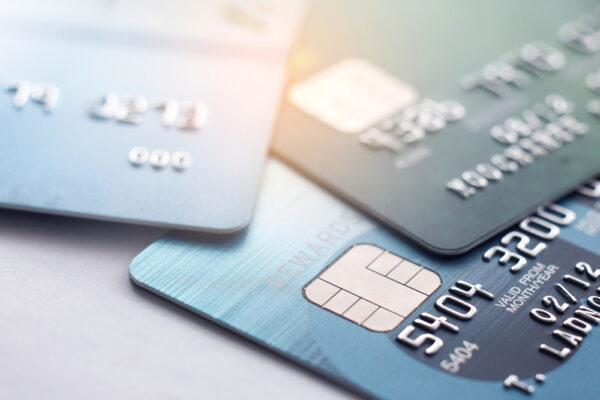
How to pick your next Credit Card
I’d say there are four main categories of credit cards: cash back, travel, airline-branded, and hotel-branded cards. You should start by figuring out what your life will look like in the next few months. If you plan on traveling, then a travel card might be more suitable, or else maybe a cash back card is better.Cash Back Credit Cards
These are simple and provide good value for redeeming cash back rewards. They’re also great starter cards for learning how to credit card churn. They usually allow you to earn more rewards on everyday activities, like dining, groceries, and gas.Travel Credit Cards
These are great for the occasional or frequent traveler. They give additional points for travel purchases — anything from flights and dining, to Ubers and Airbnbs. They also give great benefits and rewards related to travel, like access to a travel concierge.If you’re planning on traveling within the next few months, you can rack up a lot of points by making your flight and hotel purchases on these cards. You can also use your points to pay for your’s or a loved one’s flight or hotel. If you’re traveling with people, you can earn more points by buying other people’s flights.
Travel credit cards are my favorite type of credit cards. They typically provide the greatest value by allowing you to transfer points to airline reward programs.
Airline-branded Credit Cards
These are great for gaining miles and accessing additional benefits with specific airlines. Some benefits include free checked baggage and priority boarding. These cards are especially great if you already fly or have status with specific airlines. They also give great value when redeeming miles.Hotel-branded Credit Cards
These are great for gaining points and additional benefits directly with hotels, such as complimentary upgrades and automatic status. These are my least favorite type of credit cards because the value usually isn’t great. The main reason I’d get these cards is for the free night’s stay, but they typically have low point redemption rates. For example, you may be able to get a one-time bonus of 50,000 points, but one free night may cost anywhere from 10,000 to 100,000 points. Some examples of hotel-branded credits cards are the Hilton Honors and the Marriot Bonvoy Boundless.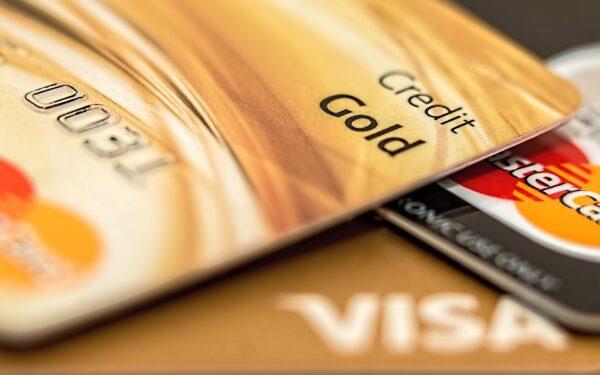
What are the Next Steps?
Now that you’ve narrowed down the type of credit card you want, there will be many credit cards within each category to choose from. Start by looking at NerdWallet or The Points Guy (TPG) because they’ll have the best credit cards already grouped by category and ordered by their estimated value. Their estimated value usually encompasses all benefits and rewards, but you may not use everything a card has to offer. Therefore, it’s important to figure out what you’d actually use and how much it’s worth to you.Try to maximize the return on the one-time minimum spend bonus; it’s usually what gives a card its value.
Typically, the best cards have annual fees associated with owning the card; even if it’s not waived in the first year, the fee is usually a small price to pay for access to greater rewards and benefits. The annual fee, the minimum spending required, and the minimum spend bonus don’t really correlate to how “good” a credit card is. Instead, you should focus on finding credit cards with greater return on rewards and benefits relative to how much money you need to spend.
How to Accumulate Points
You should focus on putting all your spending on one card at a time. This will help you to obtain the minimum spend bonus sooner within the specified time period. You can do various things to help achieve the minimum spending requirements, like paying for group activities with friends. As a last resort, you can even use peer-to-peer payment apps to pay your friend using your credit card, who will then pay you back later.Even if you’re not maximizing the points gained on each purchase, try to put all the purchases on a single card; the minimum spend bonus is likely far more valuable than any amount of points you could gain on another card.
How to Redeem Rewards
You should redeem your rewards after you’ve received the minimum spend bonus. This will give you enough points to redeem something significant. You can accumulate even more points by using cards with a shared rewards system, like the Amex Platinum and Amex Gold.Before you’ve hit the minimum spending requirements on your current credit card, you should have another credit card ready to go so you can start racking up points immediately. It’s normal to have two or three credit cards at a time while you’re credit card churning.
You should remember to redeem your rewards and close your credit card before the next annual fee is due. The fee diminishes the value on the card and you don’t want to pay unnecessary fees. Even if there is no annual fee, you should eventually close the credit card to improve your credit score and reduce the amount of time managing these cards.
Travel Credit Cards
For travel credit cards, you can use your points to purchase or reimburse most travel-related activities. I recommend transferring points to airlines because sometimes this can increase the value of your points dramatically. For example, 75,000 Amex points can be used to buy $750 worth of flights on the Amex travel portal, or you can transfer it to Aeroplan to redeem three round trip flights between Toronto and San Francisco worth roughly $1,800 in total. TPG has a great summary of the best airlines you can transfer your points to based on which credit card you have.Cash back Credit Card
If you have a cash back credit card, the best way to redeem your points is probably through ecash back — that’s what makes using these cards so simple. The other redemption options, like redeeming gift cards or shopping with points, usually have lower value and I generally recommend avoiding them all together.Airline/Hotel Credit Cards
For airline or hotel-branded credit cards, usually the best value is to convert your points to free flights or a free night’s stay at a hotel. They offer other avenues — which are usually less valuable — to redeem your points, like using your points to purchase upgrades, wifi, or meals.
How to Credit Card Churn Post-COVID-19
Our spending will likely decrease temporarily due to various lockdowns and slower economic activity. You can still take advantage of spending on essential goods and services by using your credit card. It might be harder to hit the minimum spending requirements on a new credit card. Thus, it’s probably better to keep using your current card.Depending on your spending habits, it might be fine for you to continue credit card churning and accumulating points for redemption later on.
Travel will eventually return back to normal. You can continue to accumulate points and redeem them when traveling picks up again. The cost of flights seem more expensive than usual; so using points can be a good way to purchase flights, since the cost in points doesn’t usually change much.
The Epoch Times Copyright © 2022 The views and opinions expressed are only those of the authors. They are meant for general informational purposes only and should not be construed or interpreted as a recommendation or solicitation. The Epoch Times does not provide investment, tax, legal, financial planning, estate planning, or any other personal finance advice. The Epoch Times holds no liability for the accuracy or timeliness of the information provided.





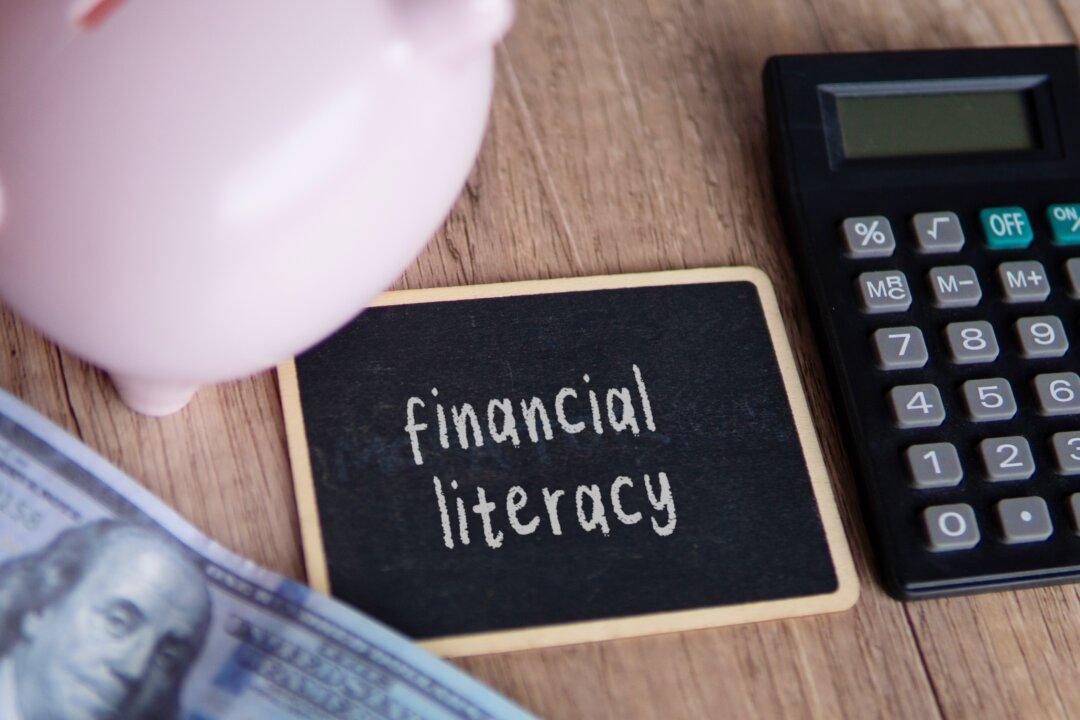

Friends Read Free